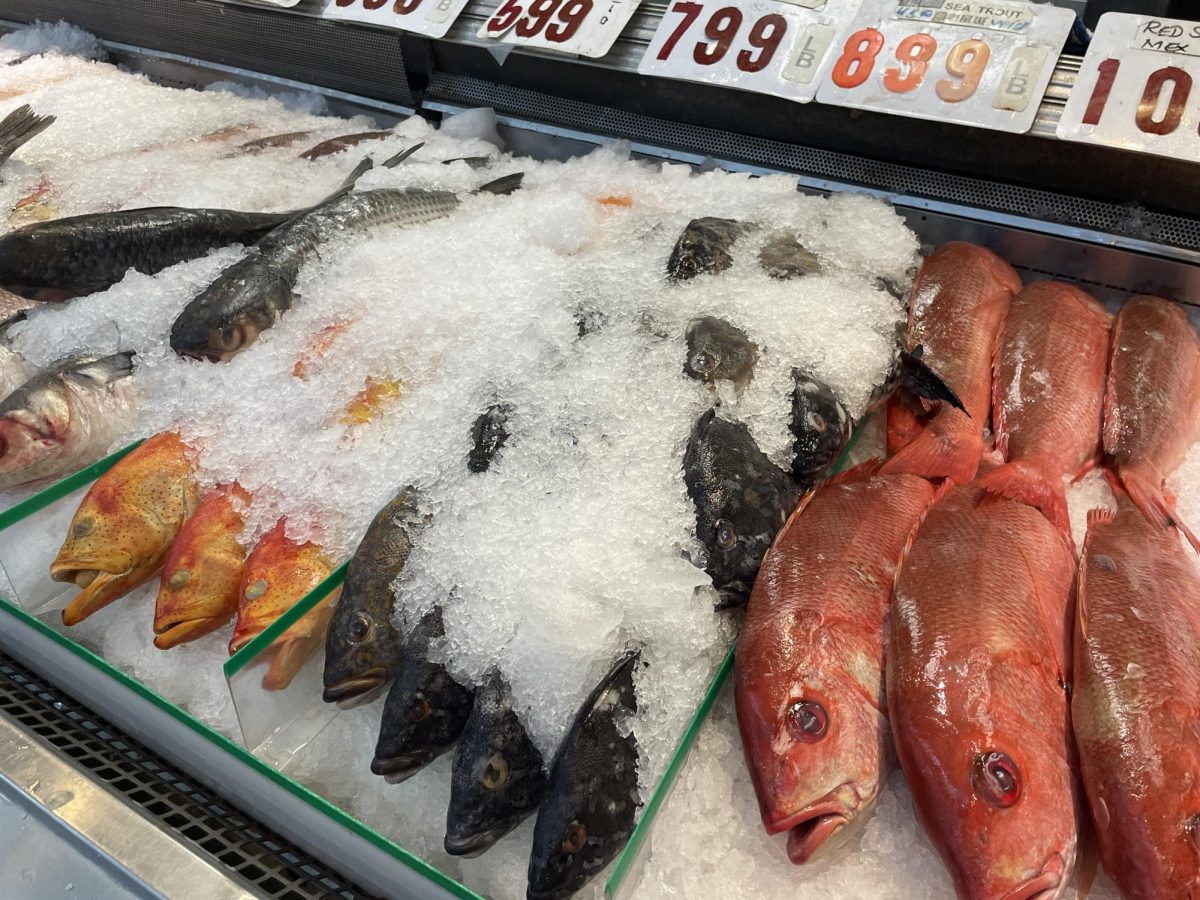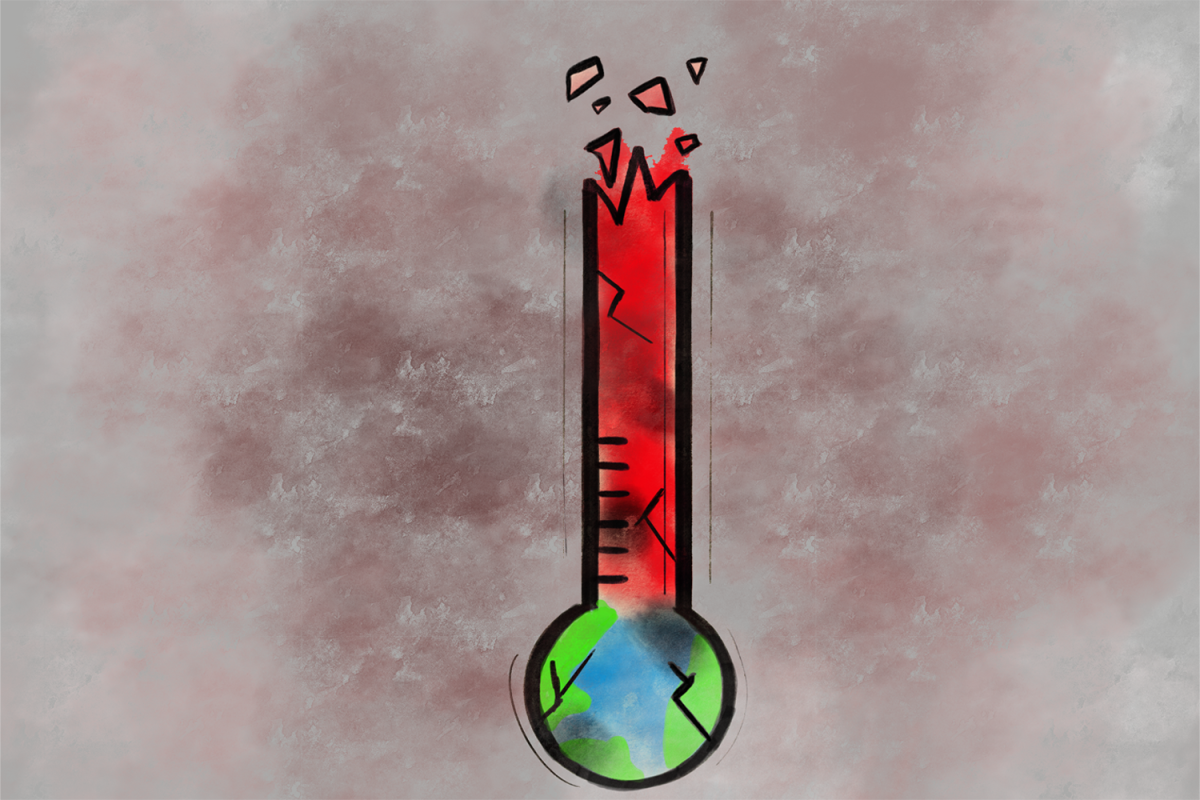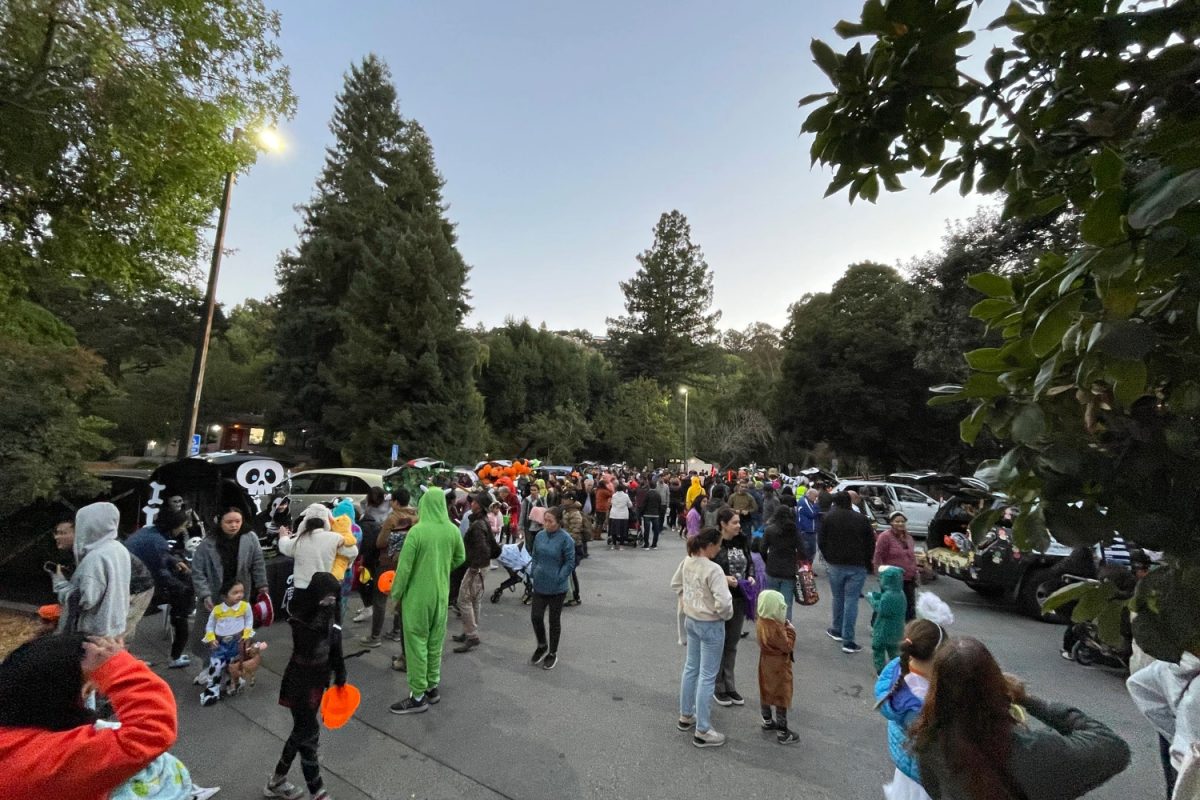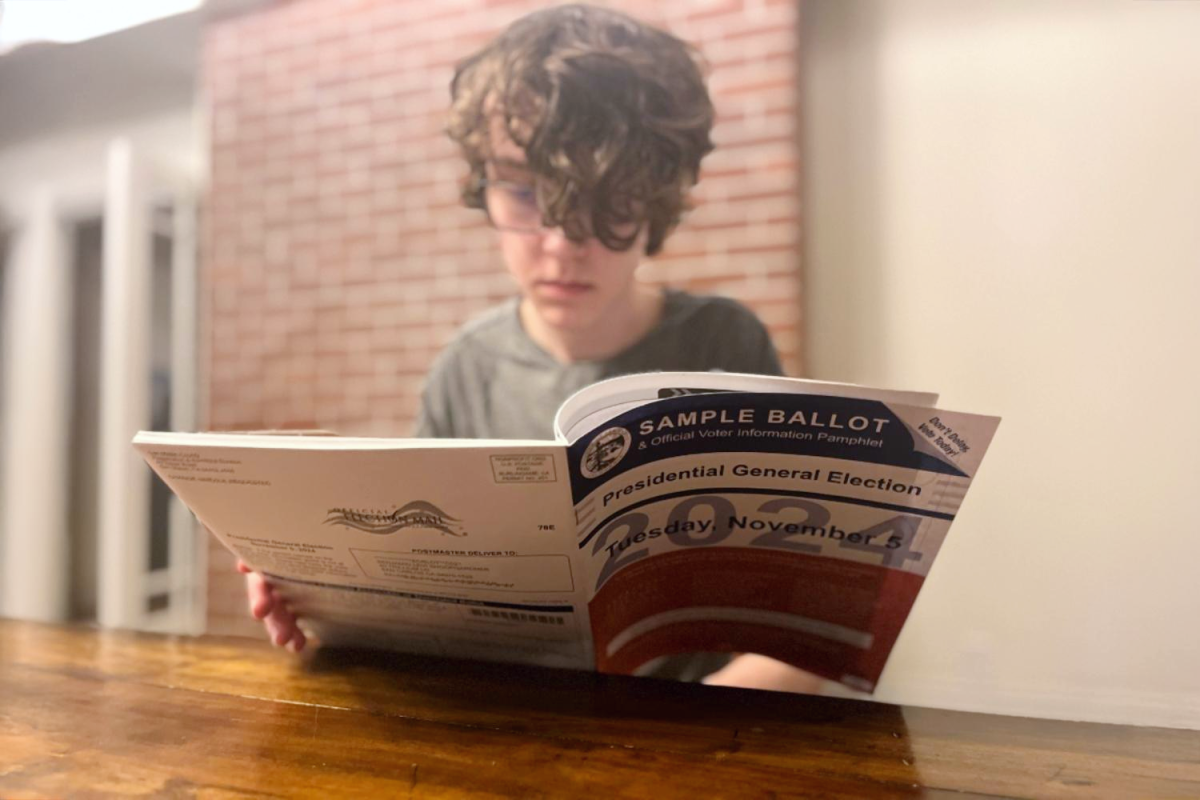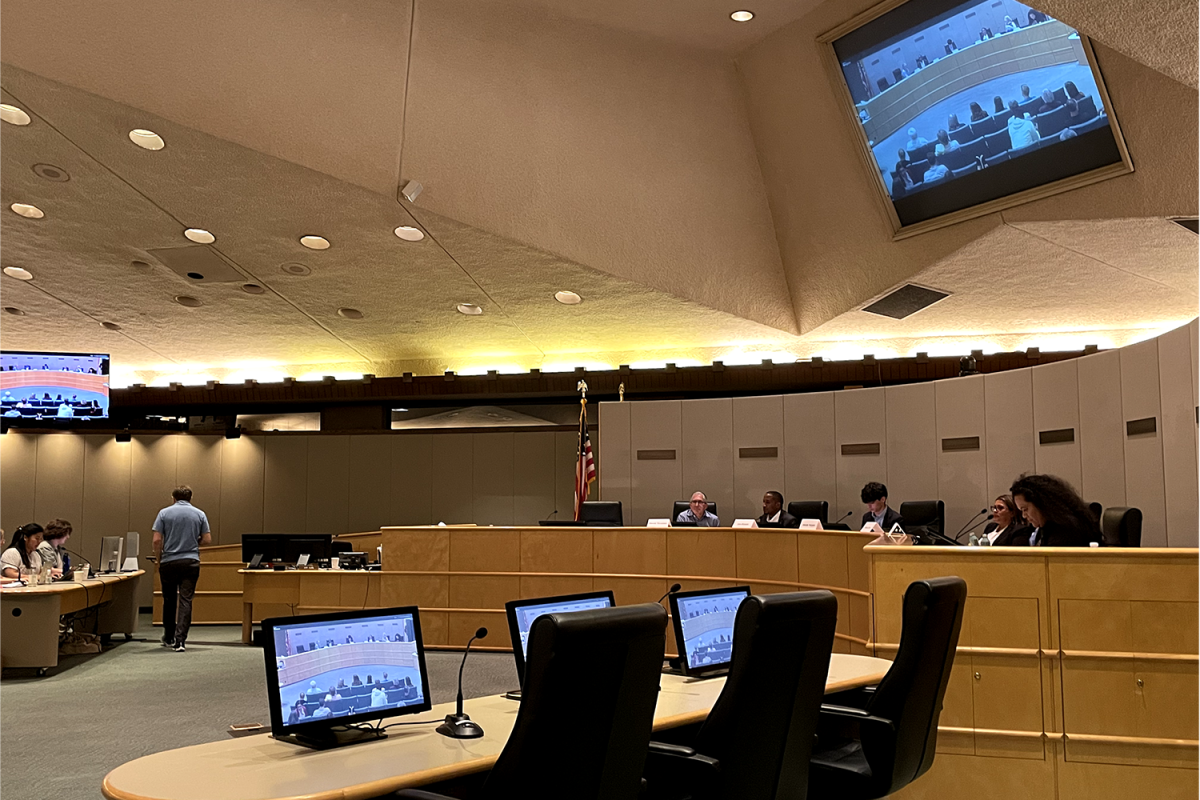The United States Environmental Protection Agency (EPA) has launched an investigation into 6PPD-quinone, a chemical found in tires, following a decline in fish populations believed to be linked to the chemical.
The investigation was launched in response to a petition from local Native American tribes, who rely on California’s fish economy for food and the preservation of their culture.
“Our salmon populations are plunging, and we’ve already lost the spring-run Chinook salmon,” said Quartz Valley Indian Reservation Environmental Director Sarah Schaefer.
According to the EPA, tires contain 6PPD, which, when reacting to ozone in the atmosphere, becomes 6PPD-quinone. Tire run-off from vehicles releases the 6PPD fragments onto roads, which then get swept by rainwater into local rivers where salmon and other fish reside.
“We are working really hard for policy change in regulation,” Schaefer said. “Our salmon, where we live, are being affected by agricultural interests that take water from entire streams and tributaries, causing them to dry up.”
In response to the devastation on tribes, the EPA has sponsored Tribal Partnership Groups and research programs as well as funded over $1 billion towards monitoring stormwater and water contamination. Researchers are also working to find alternatives for 6PPD, according to the US Tire Manufacturers Association.
However, not only does the depletion of salmon populations affect the Native American tribes, but also buyers and sellers alike.
According to the EPA, 6PPD-quinone specifically endangers salmon populations as they are the most susceptible to the deadly toxins.
Jeremy Cheng, a distinguished chef and Bay Area restaurant owner at Suavecito Birria and Tacos and William Jay Catering, has encountered difficulties when purchasing fish for his establishments.
“In the past, in places like Town, salmon was super important as it’s almost the number one offered fish in restaurants,” Cheng said.
As a buyer, Cheng must be up-to-date when sourcing his fish to cook for his customers daily.
“Wild-caught salmon is becoming more scarce and expensive, and the other salmon out there have qualities that vary tremendously,” Cheng said.
According to the California Department of Fish and Wildlife, the Chinook salmon species in California is at risk of reaching dangerously low numbers, so protection in captivity is necessary.
Consequently, Cheng must buy his fish from alternative sources imported from over 6,000 miles away across the Pacific Ocean.
“Unfortunately, I’m not serving a lot of locally caught fish at this time, but that might change. We usually buy Chinook salmon, which is in America, it’s a West Coast species primarily,” Cheng said. “But now we get it imported from New Zealand, and that’s what’s recommended by the Marine Stewardship Council (MSC) and the Monterey Bay Aquarium Seafood Watch.”
Further efforts to combat the issue include preserving endangered fish species by choosing not to purchase these fish in the markets.
“We look for breeds of fish in categories and gravitate to where it’s less of an issue,” Cheng said.
Likewise, sellers have been experiencing hardship when sourcing their fish to sell in markets for the past few months.
Joe Zhou, the manager at Marina Food Market in San Mateo, has recently faced a fish shortage.
“Last month, we had a little bit of a problem with the incoming fish from the farms,” Zhou said.
The decline in salmon has affected tribes, buyers, and sellers around the Bay Area, where fish is a staple food that holds varying cultural significance.
“These fish are disappearing very fast, and they play incredibly important ecological roles,” Schaefer said. “I would encourage people to get out and see them, and it’s hard not to be moved when you see what they do.”


